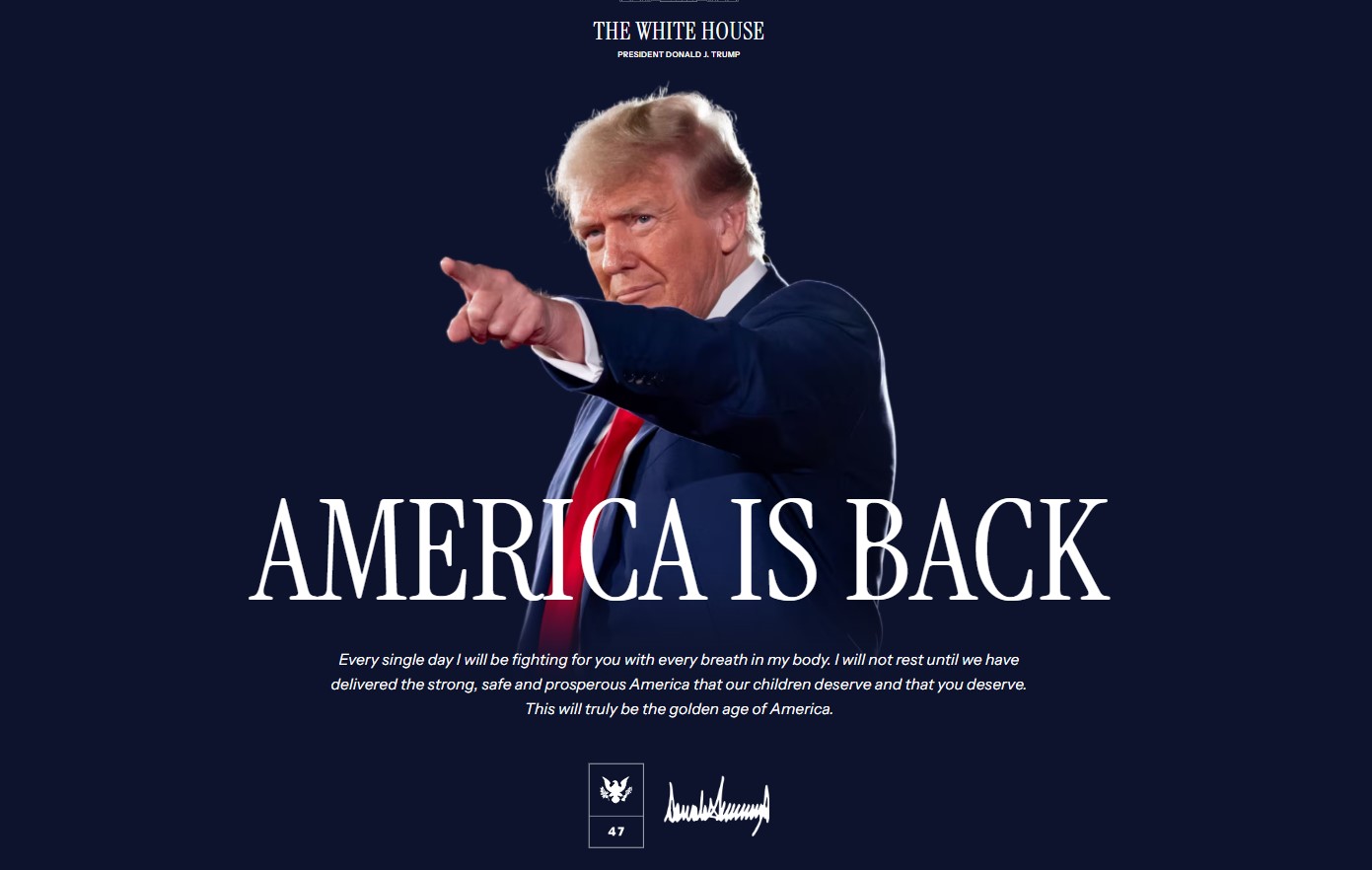Duration, Corporate Bonds, and High Yield: The View of Active Fixed Income Managers
| For Amaya Uriarte | 0 Comentarios

According to Alessandro Tentori, CIO for Europe at AXA Investment Managers, two factors will drive fixed income performance this year: “On one hand, a relatively contained duration management approach, with a defensive stance on U.S. bonds and a hint of optimism on European bonds; and on the other hand, a strategy inclined toward taking credit risks, including high yield, especially in the U.S. market, supported by both macroeconomic analysis and corporate balance sheets.”
At Neuberger Berman, they believe that after several years in which fixed income markets were primarily driven by central bank policies, this year attention will likely shift more toward fiscal actions: the policy and revenue decisions of the new Trump administration, as well as those of other governments that are redirecting their priorities or facing financial pressures.
“Since the arrival of COVID-19, investors have largely focused on central banks for clues about fixed income performance—from the implementation of zero-rate policies and financial liquidity provisions to sustain the global economy during the pandemic, to the adjustments made to counter rising inflation in 2021 and 2022, and the widely anticipated start of the current monetary easing cycle. With inflation continuing to decline, we are entering a period of gradual central bank rate cuts,” explains Neuberger Berman’s market outlook report.
Key Investment Ideas
Experts at Wellington Management see this as a moment to take advantage of bond market divergence. They acknowledge that caution will set the tone for 2025, a year in which sovereign bond yields could help investors offset potential interest rate volatility. “High levels of nominal growth worldwide provide a starting point that should cushion the impact of a potential global economic slowdown. At this moment, we do not foresee a recession or, consequently, an increase in rating downgrades and defaults. We also believe that high-yield securities currently offer adequate compensation for investors amid rising volatility. However, the exception to this rule is the long end of the yield curve, where longer-maturity bonds are struggling due to supply dynamics, inflation expectations, and higher nominal growth,” they explain.
Tentori also notes that in 2025, investors should not only consider the effects of duration, credit, and currency risk but also the trajectory of monetary policy. “This has been a key factor in fixed income portfolio construction, particularly during the period of Quantitative Easing. It could once again prove crucial to performance in the near future, especially amid policy divergence between the ECB and the Federal Reserve,” he says.
Aegon AM focuses on asset-backed securities (ABS), arguing that in an environment driven by sentiment and fundamentals, ABS should be favored. “Falling interest rates are positive from a fundamental perspective, though they may reduce the coupon of floating-rate products like ABS. However, growth and inflation expectations have undergone significant shifts over the past two years, as have interest rate outlooks in many markets. ABS investors are less affected by changes in interest rate expectations since the carry of these instruments depends primarily on the short end of the yield curve. As curves remain inverted, the current yield is about 80–90 basis points higher than the yield to maturity,” they argue.
A segment that Felipe Villarroel, partner and portfolio manager at Vontobel, finds particularly attractive for portfolios this year is corporate credit. “One of the main reasons we believe credit will continue to outperform sovereign debt in the medium term is corporate fundamentals. Everyone knows that corporate bond spreads are tight, and we expect some volatility over the next 12 months. However, if the macroeconomic outlook remains reasonable (i.e., no recession) and corporate finances stay strong, we see no clear reason to expect a significant increase in defaults,” Villarroel argues.
The Strength of High Yield
After high-yield bonds outperformed investment-grade bonds in 2024, managers seem to continue favoring them. According to Bloomberg data, higher-yielding assets—such as high-yield bonds, leveraged loans, and emerging market hard currency debt—outperformed investment-grade bonds for the fourth consecutive year. Specifically, U.S. cash high-yield bonds posted an 8.19% return, compared to 1.25% for investment-grade bonds.
In this regard, analysts at Loomis Sayles, an affiliate of Natixis IM, note that the fundamental outlook remains solid, supported by a positive earnings environment and a resilient U.S. economy. “Currently, the high-yield risk premium is at the narrowest end of its historical range, even considering the generally positive economic backdrop. The good news is that we anticipate relatively moderate credit losses this year, with defaults likely to stay around 3%. Overall, we believe high-yield bonds will remain an attractive place for carry, though investors should temper their total return expectations,” they argue.









